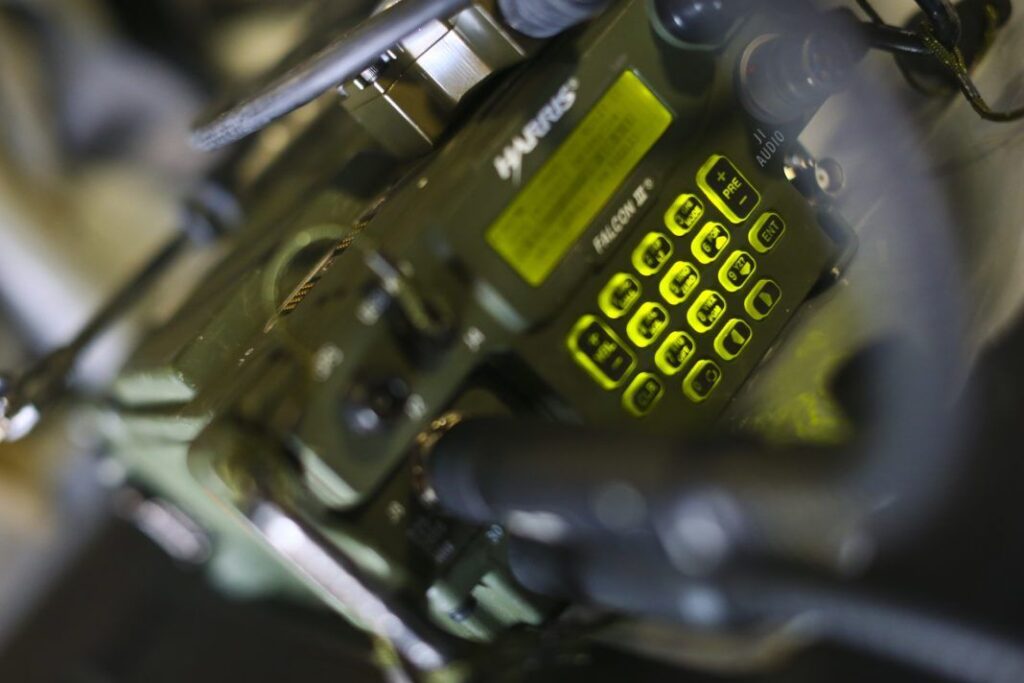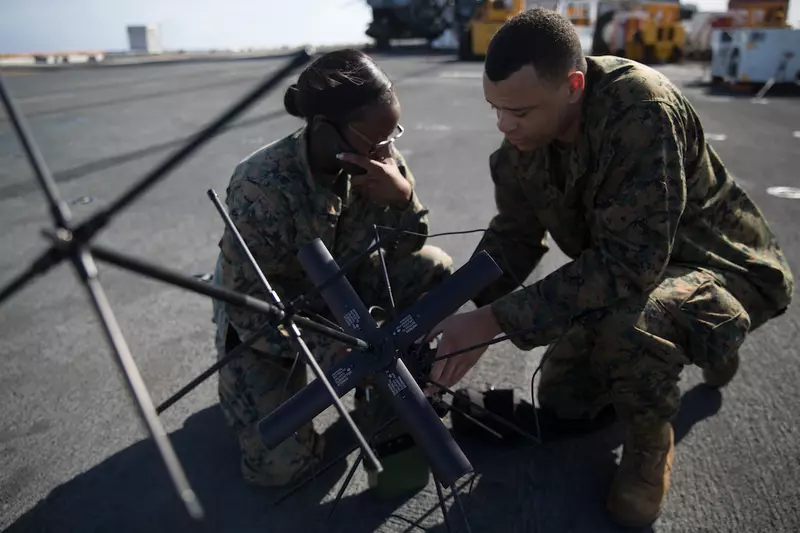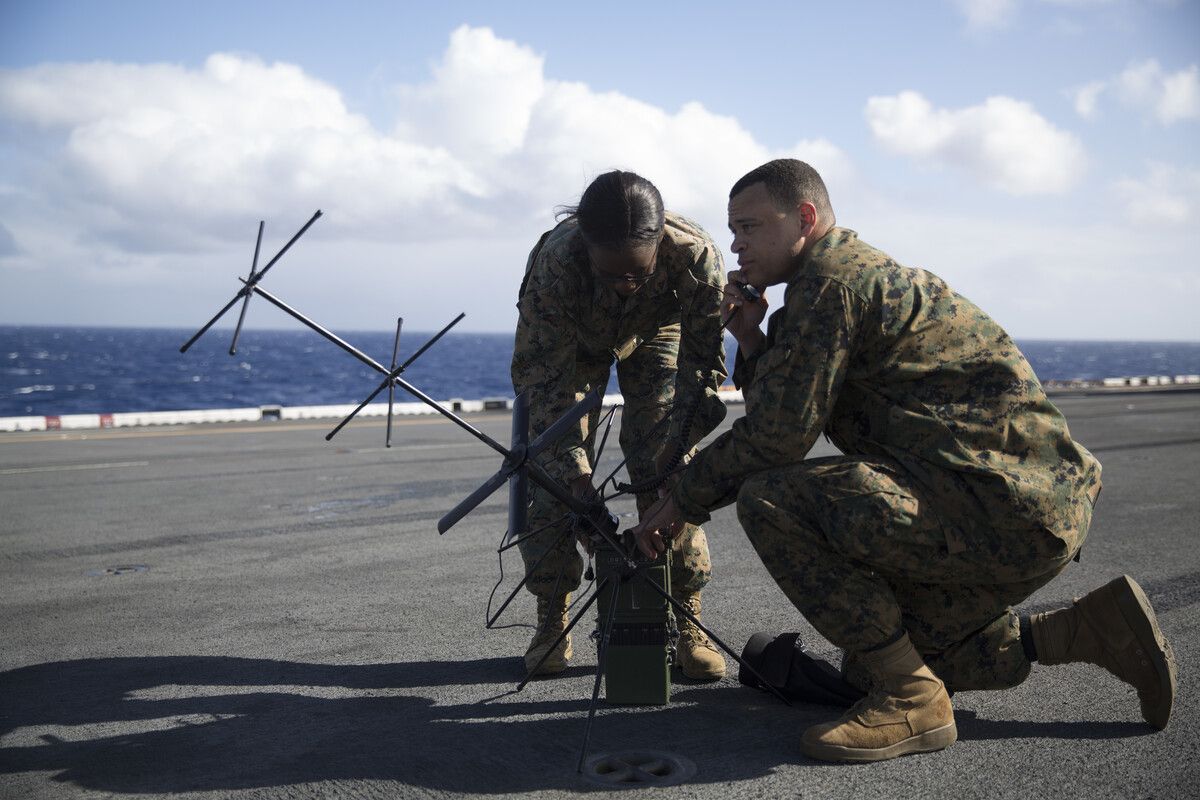US Marine Corps’ Systems Command has updated what it called the tactical satellite system that provides increased communication for soldiers on the battlefield.
Follow us on Google News to get the latest defense news and analysis
According to the Marine Command, the upgraded satellite communication technology is performing beyond expectation, based on field user evaluations.
“We tested the system through user evaluation exercises to understand not only what the capability can do on paper, but how we can use it to increase lethality and provide redundancy across the (Fleet Marine Forces),” said Lt. Col. Jeff Decker, MCSC’s Ground Radios product manager.
For defense news from around the globe, Subscribe to our newsletter:
The testing allowed personnel on the ground to know more about the new system, ask questions and provide feedback. It enables MCSC to learn more about Mobile User Objective System (MUOS), including the system’s strengths and limitations. The program office can make additional changes and updates to the MUOS as needed, depending on Marine’s feedback.

What is the New Tactical Satellite Communication System? And How does it Work?
The Mobile User Objective System (MUOS) is a next-generation, narrowband satellite communication capability that enables Marines to connect to SATCOM networks. It encompasses updated firmware to the AN/PRC-117G radio system and one of three antenna kits that help users simultaneously access these networks. Reported by the US Military official Marines website.
The system was initially fielded in March 2019, it enables mobile or stationary Marines to leverage cellular technology to increase access to voice and data communication. It also improves overall reliability in urban environments.
“MUOS gives us a 3G capability using satellite constellations,” said Lt. Col. Jeff Decker. “It is similar to a cell phone capability in the sky that covers the entire globe.”
He further added that the 3G networks used in the MUOS remain much superior to the old Marine Corps’ SATCOM channels.
“We are looking to support the warfighter with a lethal and sustainable capability, which is the command’s focus. The more robust and resilient the capability, the more we can start adding on back-end systems to help Marines. MUOS is changing the way we look at a tactical satellite architecture.” Decker said.

To increase the network stability during the mission execution in the battlefield, the MCSC conducted various field user evaluations with Marine Expeditionary Forces at Twentynine Palms from March to May 2020 in California.
During the testing of the system, Marines participated in the fire support simulation exercises where they employed MUOS for coordinated airstrikes and mortar support. Marines also use the technology during scenario-based exercises that involve rehearsing command and control operations.
“We try to figure out anything that could be a possible issue for the warfighter. This helps to validate the concept of operations, and it allows us to provide lessons learned to other MEFs.” Jeff Decker said in a report.
“We wanted to bring in these units and make sure the system is working as it should,” said Eddi Young, project officer of Multiband Radio II Family of Systems at MCSC. “We want to ensure the warfighter’s needs are met.”
Both Young and Decker said the system has exceeded performance expectations. Decker also noted how Marines commended the new waveform for its lack of performance gaps, its adaptability, and the absence of any technical difficulties while testing.
The system also supports the real-time photos and videos to be sent from the battlefield to the command post to make better decisions and helps in the protection of the field forces by analyzing the data in real-time.
“I believe the exercises went really well. The idea that we can send a video or photo from the field to a command post (using MUOS) shows we can rapidly inform commanders with visual information so that commands could potentially adjust battlespaces to promote mission accomplishment and protect our troops.” Said Sgt. Mason J. Roy, video chief for Communication Strategy and Operations at MEF.
Analysis:
The new Mobile User Objective System (MUOS) is the next-generation communication system that provides commanders with real-time battlefield information along with photos and videos.
According to LT. Col. Jeff Decker, the Ground Radios program office continuously monitors the latest technologies and looks towards the integration of other battlefield services for future incremental improvements to the capability.


